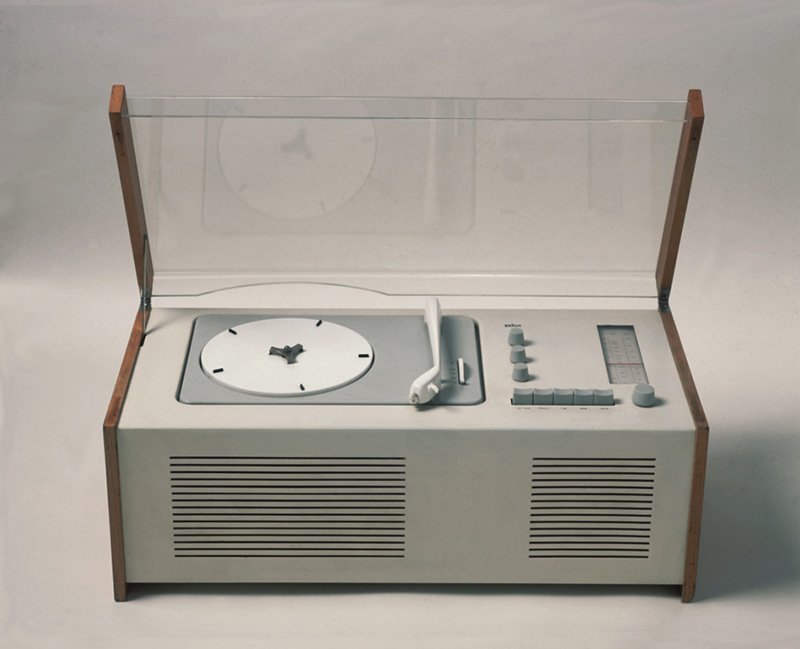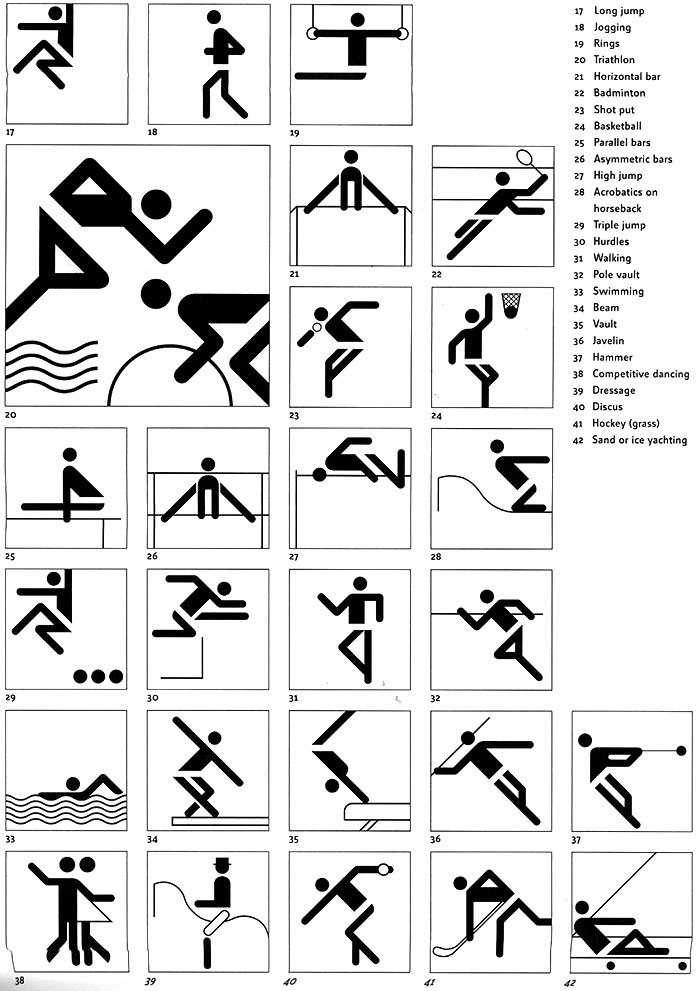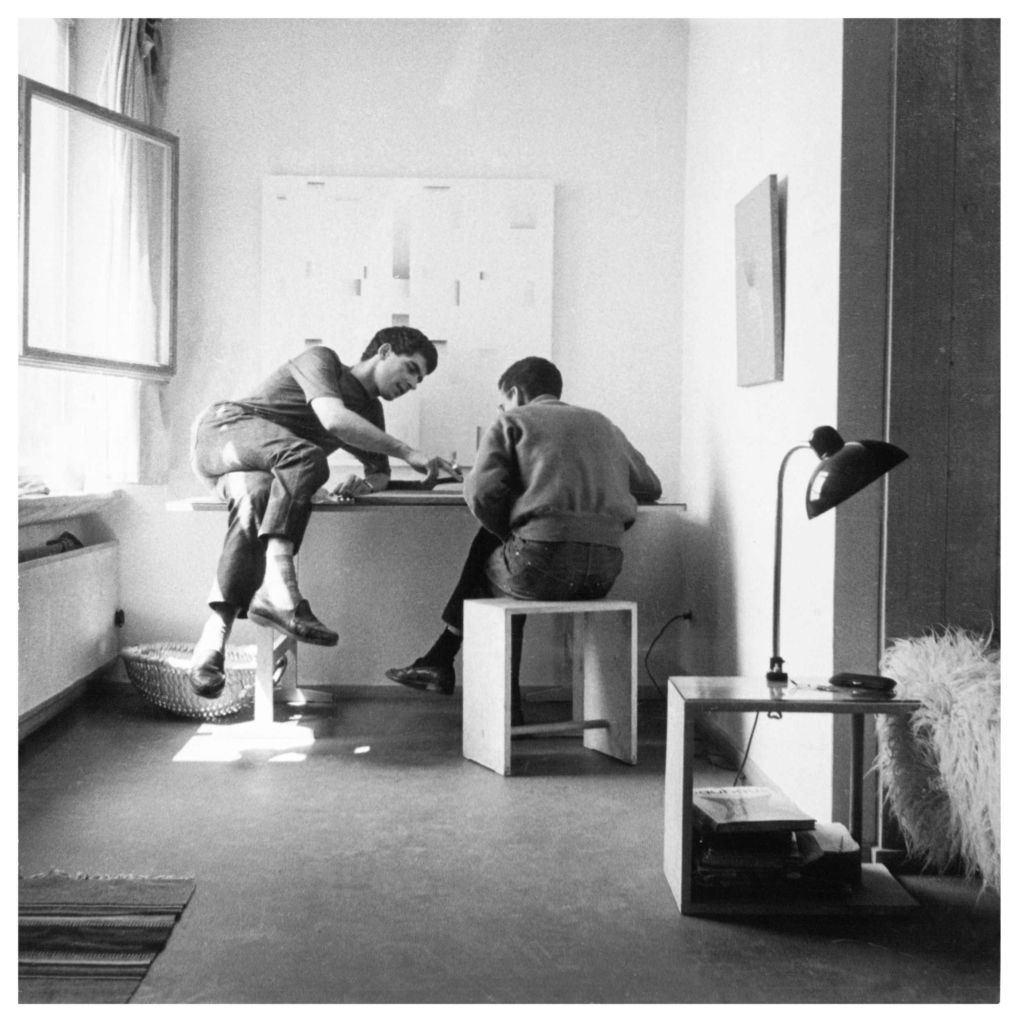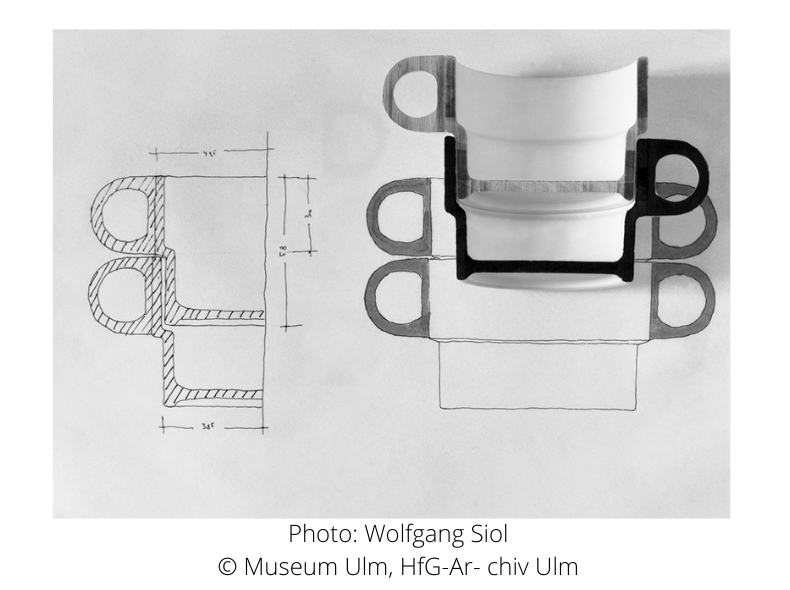Legacy of The Ulm School of Design
The Ulm School of Design (German: Hochschule für Gestaltung Ulm) was founded in 1953 by Inge Aicher-Scholl, Otl Aicher and Max Bill, with the main task of incorporating design into the industry and shaping our material culture. In the post-war years, the process was marked by a crisis of values and resources, and this fact drove the Ulm School to re-think the meaning of creating forms in the contemporary world and to democratize access to design.

Courtesy Jochum Rodgers, Berlin
The HfG quickly gained international recognition by emphasizing the holistic, multidisciplinary context of design beyond the Bauhaus approach of integrating art, craft and technology. The subjects of sociology, psychology, politics, economics, philosophy and systems-thinking were integrated with aesthetics and technology. During HfG operations from 1953–1968, progressive approaches to the design process were implemented within the departments of Product Design, Visual Communication, Industrialized Building, Information and Filmmaking.

The studies are closely linked to the industrial production of serial products. As early as 1955, Hans Gugelot, head of the product design department, worked with the Braun firm, where Dieter Rams also worked. The typology of the objects was carefully analysed and rational design and production methods were defined. A formal vocabulary, neutral and free of any referential dimension, emerged.

Otl Aicher, who was responsible for visual communication from 1954 to 1966, designed the graphics for the airline Lufthansa (1962-1963) and for the Olympic Games in Munich (1972). The idea of treating all graphic representations – logotypes, pictograms, signage systems, packaging and wrapping – to shape a systematic corporate image is unprecedented.

After 15 years of activity, the Ulm School was dissolved in 1968 due to financial problems and political conflicts.
Until the founding of the Ulm HfG in 1953, there was no systematic approach to design education. HfG pioneered the integration of science and art, thereby creating teaching of design based on a structured problem-solving approach: reflections on the problems of use by people, knowledge of materials and production processes, methods of analysis and synthesis, choice and founded projective alternatives, the emphasis on scientific and technical disciplines, the consideration of ergonomics, the integration of aesthetics, the understanding of semiotics and a close academic relationship with industry. In concept, the “Ulm Model” represented early foundation principles of the design management discipline.
The Ulm School of Design buildings designed by Max Bill and the surrounding green spaces are well maintained, used by various organizations and considered important heritage.



